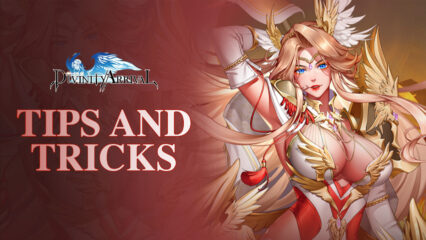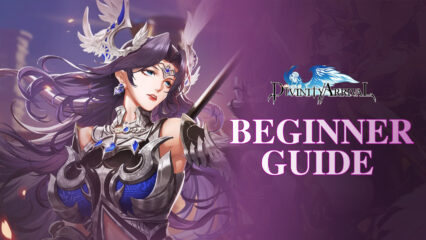Divinity Arrival - A Guide to Teambuilding
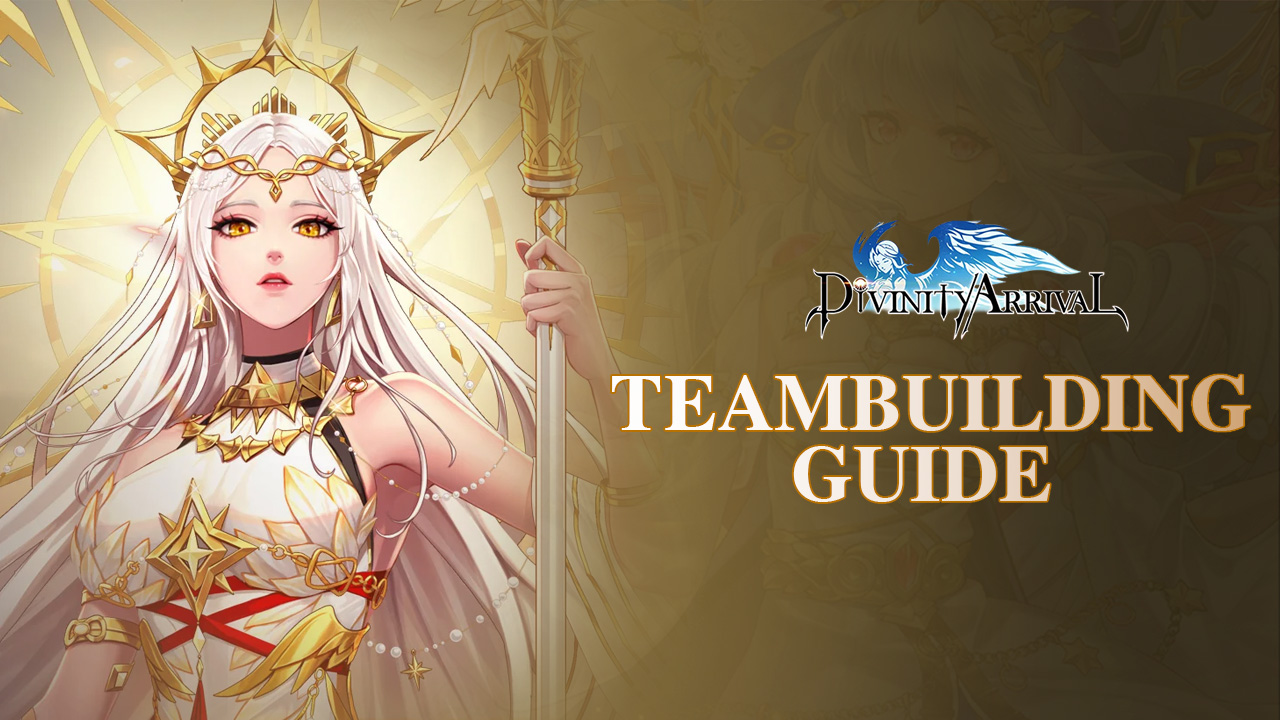
Teambuilding is important when you play Divinity Arrival on a competitive level. Just mashing all your favorite characters together won’t always guarantee success, especially in the PvP arena since the game emphasizes the traits that each unit has that make them a unique part of the squad. If you want to rank higher in the arena or defeat more powerful enemies in the main campaign, it’s time to learn how to make the best team possible using the characters you already own.
Table of Contents

We already explained in our Beginner’s Guide how each hero can only be acquired randomly using the gacha system in the game. Getting powerful units is mostly based on luck but that doesn’t mean that you can’t make a strong team using the characters that you currently own. In fact, an organized team is usually stronger than a random mix of high-rarity heroes in Divinity Arrival. Let’s take a look at the different ways you can build a strong team in this game.
Hero Classes
The first thing you should look at when building a team is differentiating each class that your heroes have. There are only three classes in the game which are Warrior, Archer, and Mage. Each of the class types has its own unique characteristics in terms of defensive and offensive powers. For example, archers are powerful DPS units that like to deal physical damage to the enemy’s units while mages like to deal magic damage that ignores the armor of the enemy.

The main purpose of classes is that they each have unique interactions with each other. Mages are strong against warriors, warriors are stronger against rangers, and rangers are stronger against mages. This means that players need to have the right balance of all these three classes otherwise enemy players can acknowledge that your team is weaker against a specific class and simply build an entire team using your team’s weakness. It’s up to you how you want to balance the three classes as long as you don’t leave out one or the other.
Class Roles
Aside from classes, each character also plays a specific role in the team. It is not a designated classification in the game but the roles we’re referring to are tank, damage, and support. Tanks are units with strong defensive capabilities that can take a lot of damage from the enemy team while protecting allies. Damage units deal huge amounts of damage to get rid of threats on the enemy team. Support units provide buffs on your team or debuffs on the enemy team.

You can check what the role of a specific hero is by checking their base stats and abilities. The abilities usually give away the role of the unit since it usually shows whether or not the hero plays a utility role for the team. Your goal is to have a solid frontline consisting of tanks, multiple damage units to nuke the enemy team, and at least one support to help keep your team afloat while the other units do their roles. For the support role, remember that healers are highly prized in any RPG.
Positioning
Positioning refers to the placement of heroes in the team. The game doesn’t have a lot of in-depth visuals and animations in terms of the combat system but you need to understand that a hero’s position in combat plays a vital role in their efficiency in battle. There are six slots in a team at level 20 with three front-line slots and three back-line slots. The front-line is usually the one taking a lot of damage while the back-line slots have a relative amount of safety in fights.
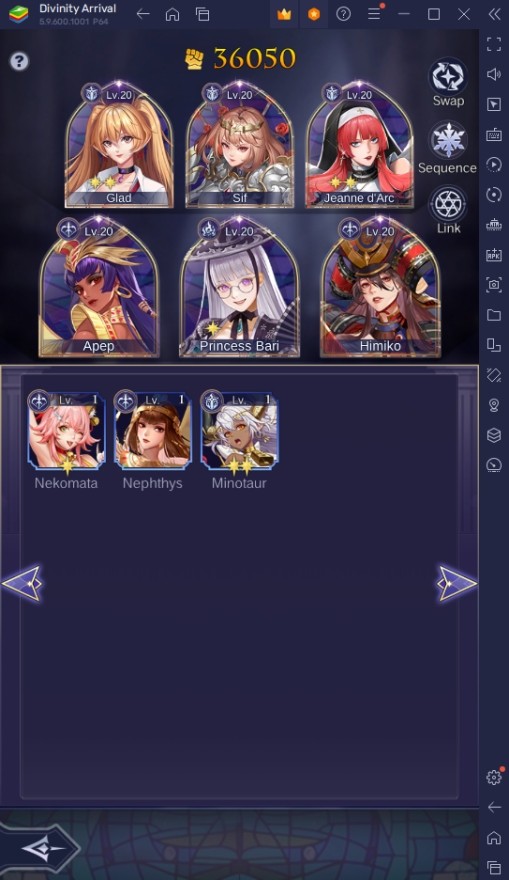
Using the knowledge of how the front-line and back-line work in this game, we can assume how to position our characters efficiently. Warriors belong in the frontline as they have very high defensive stats and are usually tanky in terms of their utility. The back-line is reserved for your rangers and mages who play a vital role in the success of your skirmish. You never want to place them where they can easily get taken down because losing your damage dealers can be devastating in a fight.
Character Links
Character links are a unique way the game promotes the usage of multiple heroes in the game regardless of their rarity. The way it works is that each character shares a certain bond with specific sets of heroes that gives them huge stat buffs that aim to compensate for the difference in rarity. Since heroes of a higher rarity have higher base stats and better abilities, you always want to place higher rarity heroes in your team as it is a more efficient strategy than using character links.
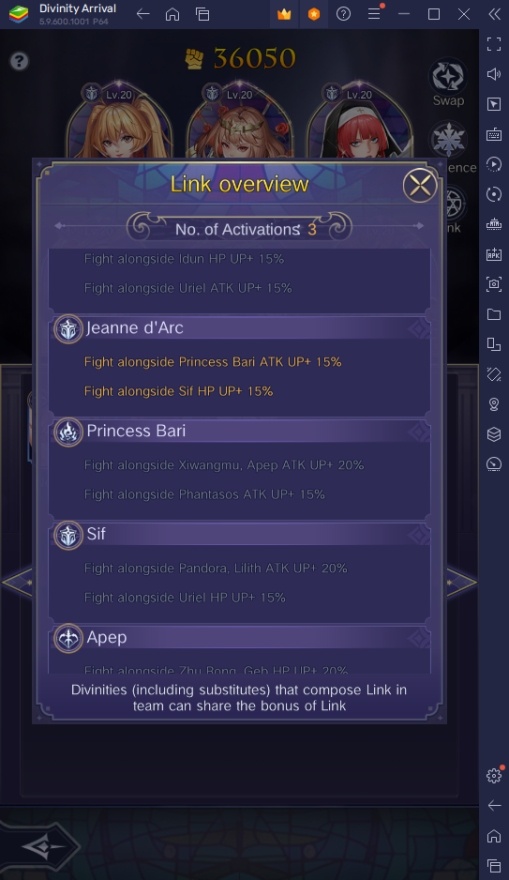
The purpose of using character links is for players who do not have the resources to invest in summoning tons of SR characters and above. You can check out which heroes you have that are linked together by going to the team tab in the campaign mode and tapping on the link button. This will show all of the characters’ names that share a bond with each other which should help the player figure out if they are willing to add those specific characters to their team if they are available.
Hero Rarity
Rarity is probably the most defining factor in teambuilding. It is an unfortunate fact that you always want to have higher-rarity characters in your team because they are naturally a better choice than other characters regardless of what lower-tier heroes bring in terms of utility. Of course, we’re not telling you to place all of your rarest heroes in the team and expect it to work all the time.
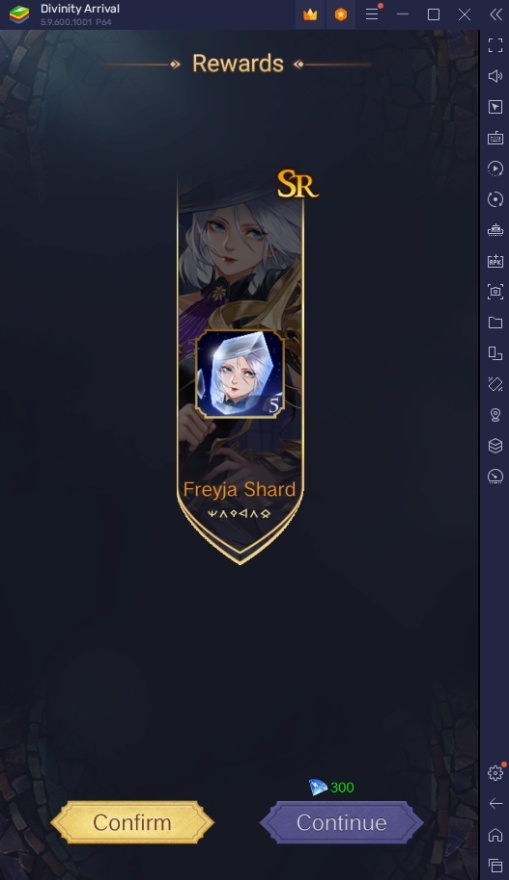
Take a look at all of your highest-rarity heroes and try to fill up all of the available slots that they can take. It’s okay to replace characters you’ve already developed since the game automatically transfers all of their progress to a hero you’re using to replace them with. If you’re really aiming to be a competitive player that aims to beat other people in the game, it’s important to look at your characters objectively without taking sentiment into account.



